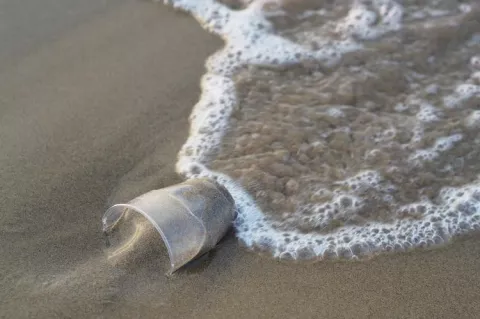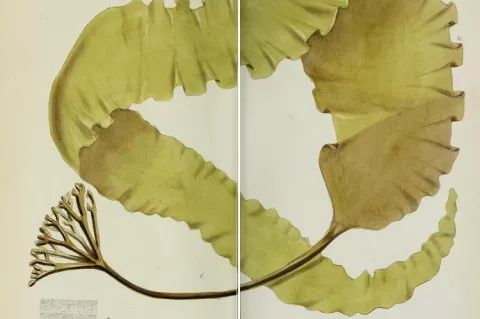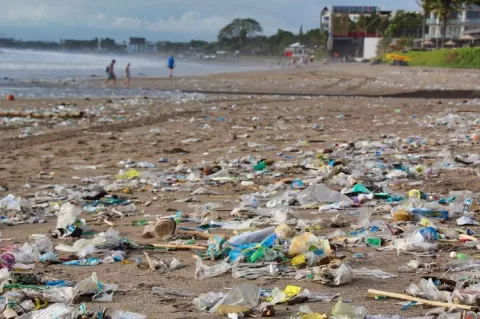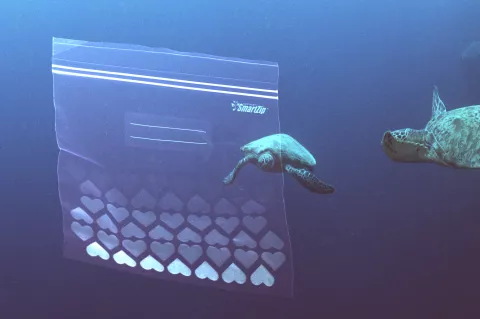Plankton doesn't eat microplastic
Finally, a bit of good news. Well, sort of. It is not good that plastic finds its way into our oceans and can be detected in just about every sample of water but at least it appears that microplastics do not accumulate in the aquatic food chain.











